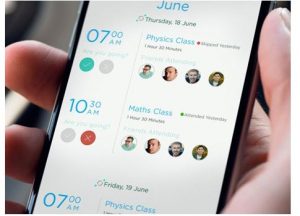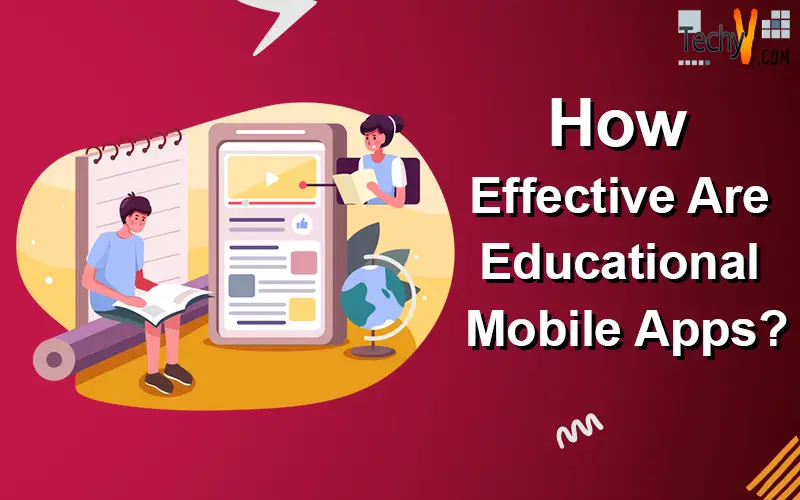Just by the look at the recent developments made in the field of technology, technology is shaping our future can be stated. Smartphones and the applications used on it are one of the major real developments.
There are a variety of apps for various purposes, and recent studies show an increase in the development of educational apps. As the name suggests, educational apps are apps designed and developed for the purpose of learning and educating the users of those applications.

According to available statistics, education apps are among the top 3 known categories with a share of 1/10th of all the apps developed around the world. This growth suggests that apps will play a significant role in reshaping the future of education. To make an apt educational app we need to get into a student’s mind to understand the features and material required to build an app according to a student’s point of view. An ideal educational app showcases the following aspects:
- Concise and efficient UI
- Creates a sense of self-improvement
- Developed according to the latest advancements
- An intuitive system of search and filters
- Learning is broken down into levels for profundity of the content
- Support and feedback system
- Activities that not only promote recalling information but also the depth of comprehending, critical thinking, real-world applications, or problem-solving.

Now, talking about the effectiveness of using an application of this sort, it can be said it depends on the application developer and the user’s review. Following focuses will help us comprehend the above statement better:
- Customizable profile and simple login:
The more opportunities the user has to alter the app to his/her taste, the more desirable the app becomes to the user, and thus it betters the user reviews.
- A well-built database
Children can learn at their pace according to their convenience and should be able to progress gradually step by step

- Gamification:
The app will provide a fun learning environment through the aura of gamification, by incorporating various elements such as social associations and sensor knowledge. Gamification permits users to be intuitive and enjoy while utilizing the application.

- Offline working of the app:
Having the app work without wireless signals makes the user give a positive feedback while the users are on the go whether offline or online.

- The ease with which less tech-savvy students and teachers can use the app:
Keeping it simple is the key. A user would want to do what he/she needs than a convoluted UI that gives the user a chance to do things that he/she may not see well or may not discover any enthusiasm for as the user’s area of interest may not lie there.

How genuinely viable and important are these applications in instructing youngsters?
The outcomes are, evidently, as fluctuated as whatever another kind of application, with some great and some really great. Mobility, adaptability, versatility, interactivity, interconnectivity and engagement are some important features of that may describe the effectiveness of an educational app. It is essential to ensure sure that the app that is holding the child’s attention is also educating them at the same time. It can be a distraction and can disconnect the child from social interaction.
Also, not all children have equal access to these apps rather technological resources should be kept in mind. The knowledge and learning provided can’t be said to be top notch at all. Thus, the effectiveness of an educational app depends on the child, teacher and the administrator as it can open doors to new experiences, better ways of learning and teaming up, and new discoveries in the classroom if used to its best capacity.


















